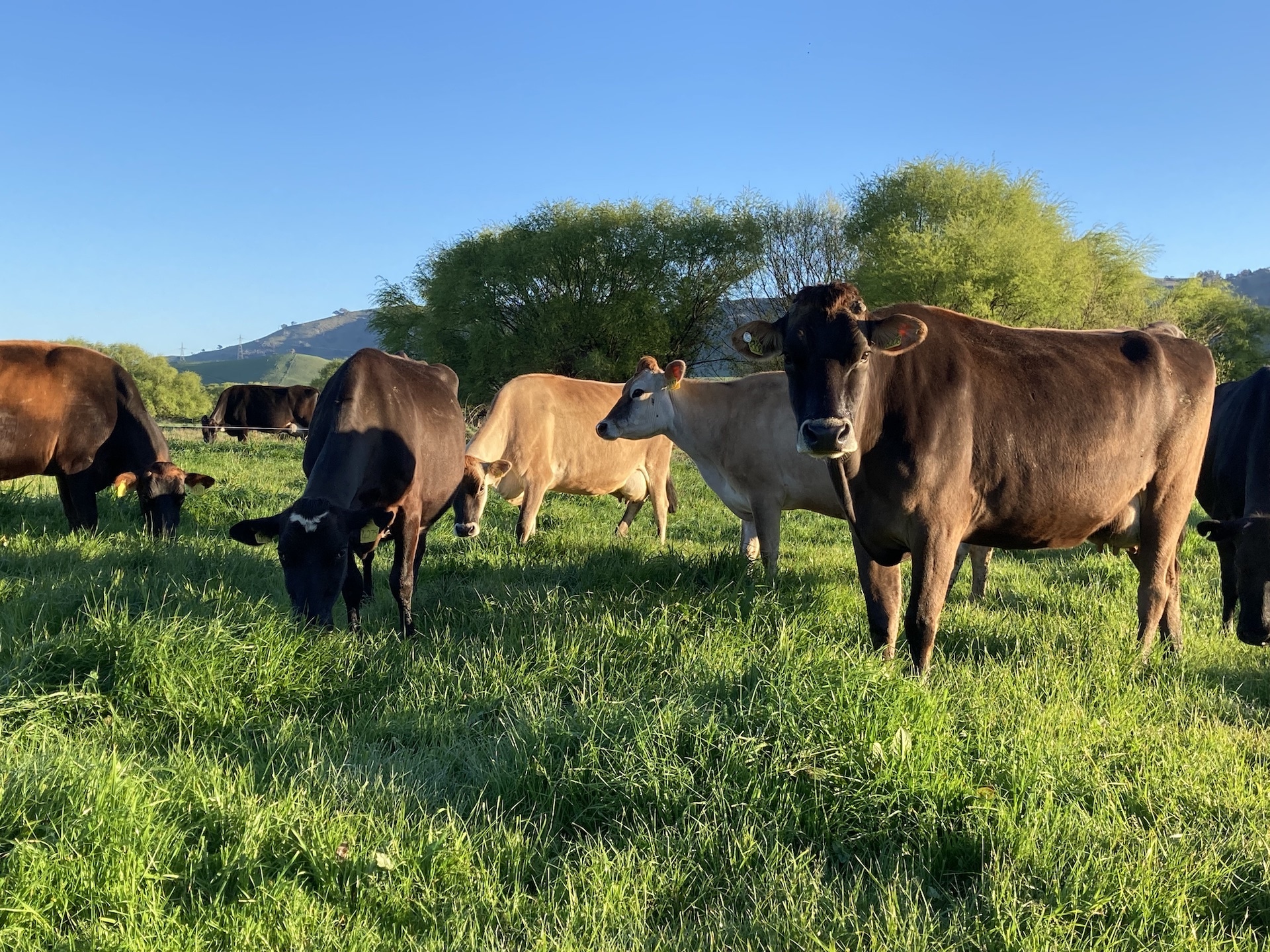Mitta Agricultural Company: a focus on efficient animal management

It was back in the 80s that David Paton’s father built a rotary dairy on the family property in Victoria’s Mitta Valley. Like many farming operations in Australia, the decades since have offered some challenging circumstances. Over the last few years, the family has taken a new approach adopting agtech to ensure the farm survives well into the future.
“It became obvious that if a farmer had a 400-acre block and a dairy, it was really hard to farm efficiently and profitably,” David says. With the surrounding land long settled, the family decided to lease nearby properties. “The main idea was to get more feed into the central business to make it more viable,” David says. “It allows you to get the most out of those farms because you can move livestock around and utilise the dryland when necessary.”
The Patons started leasing relatives’ properties and soon found wider interest. “Landowners that we’re getting a bit older said, “Do you guys want to lease our place, too?’”
The change, which has also seen the Patons fattening beef cattle and rebranding as ‘Mitta Agricultural Company’, wasn’t smooth sailing from the outset.
“As [the business] evolved, things got a bit out of hand,” David admits. “It concerned me because we didn’t have a good enough handle on what we had and where it was. If you don’t centralise farm information, you can completely lose track of it very quickly.”
David found a solution in AgriWebb’s Livestock Enterprise Management platform. “It’s a hundred percent necessary,” he says of livestock management software. “Without it, it’s too dangerous to be operating at such a scale.”
The importance of Individual Animal Management
Mitta Agricultural Company, which combines the skills of David, his father, two brothers and an operations manager, has recently moved to AgriWebb’s Individual Animal Management platform. “It has given us a whole new level of management oversight that we didn’t have before,” David says.
“We have to keep track of individual animals because we’ve converted our business from a landholding business to a purely operational company, and the biggest asset you have is your animals.”
The Patons freight cattle between multiple properties, throughout the year. “We have to be able to scan cattle going through the yards and verify that those cattle are still part of the system,” David says.
“If we’re not in complete control of where they are, then our biggest asset is largely unknown. With that problem solved, the scalability of our operation is pretty much infinite.”
Empowering workers and informing decision makers
AgriWebb gives David a great perspective of what’s happening on the farm, well beyond where the cattle are. “I grew up on the properties that we’re talking about, but I live in Melbourne,” he says, “so I’m probably the most excited about it because it enables me to participate in what’s going on without having to be there.”
Whether farm workers are moving livestock, giving treatments, or feeding cattle, they can record jobs as they are done. “It is creating this level of ownership, reinforcing that staff are part of a bigger operation. They’re not just turning up, feeding calves or cattle, and going away. I really do believe that the log-in interaction for specific jobs brings the business together.”
The information staff input through AgriWebb also helps the business strategically. “Before AgriWebb, we were ringing each other saying, ‘What are you doing with this? What are you doing with that?’ That’s very time consuming,” David explains. “With AgriWebb, through the information they share, they’re essentially contributing to the central decision-making process every day. This makes our employees feel that they really are a part of the business.”

An evolving operation with agtech to match
David believes the insights that AgriWebb provides will make the farm better prepared for challenges ahead. “We’re going to have droughts, we’re going to have floods, but if we look at the numbers and the data, we can plan for those things,” he says.
The Patons prepare for dry spells well before they hit. “In the good years, we make silage, stack up hay, and build a 12-24 month buffer. AgriWebb plays a big part in that, because the stocking rate versus feed on offer is the first thing that you’ve got to look at,” David says. “Instead of looking at the trigger point to sell cattle, we look at the trigger point to buy the feed. Once we’ve got that feed security, that’s when we grow our stock numbers.”
David also sees AgriWebb becoming more valuable to his operation as concerns grow around traceability and sustainability. “One reason AgriWebb has been so appealing to me, is that I can see the investment going into it. As we move forward and get better with our practices, AgriWebb is already adding features to accommodate what we’re doing,” he says. “That’s something I’ve been impressed with and something you won’t see elsewhere.”
If you’d like to see how AgriWebb can improve your operation, start your free trial today!